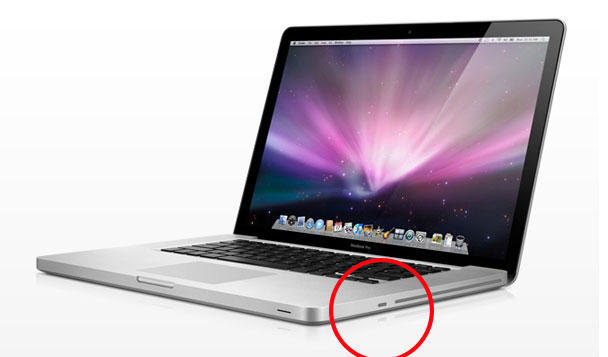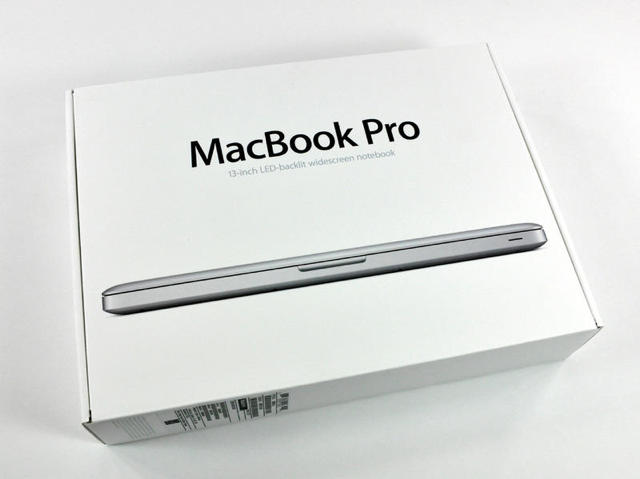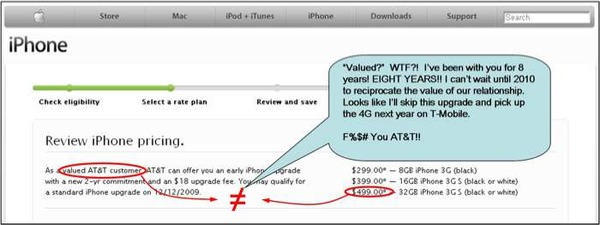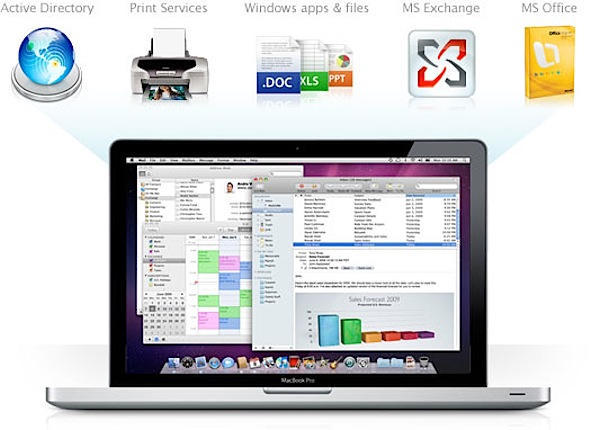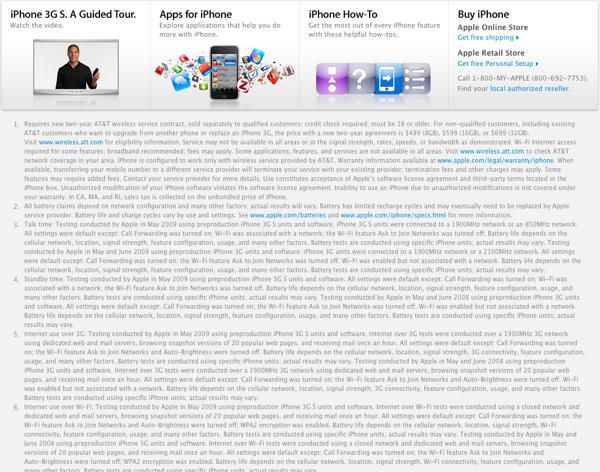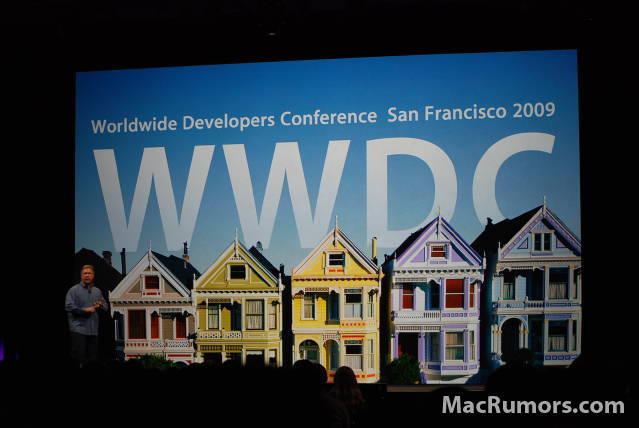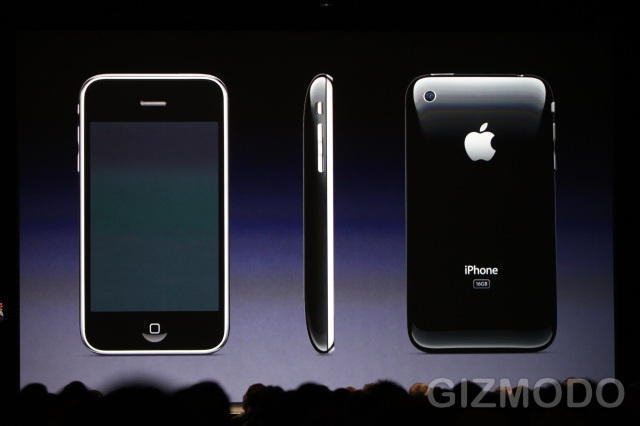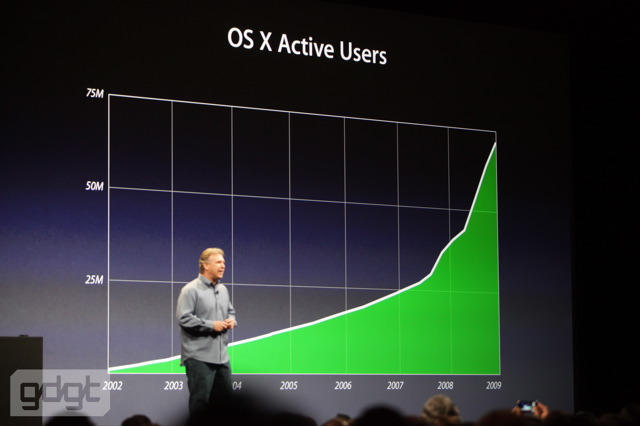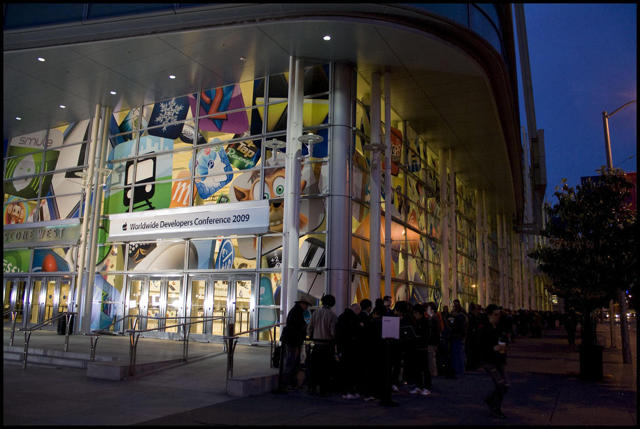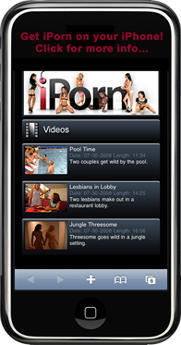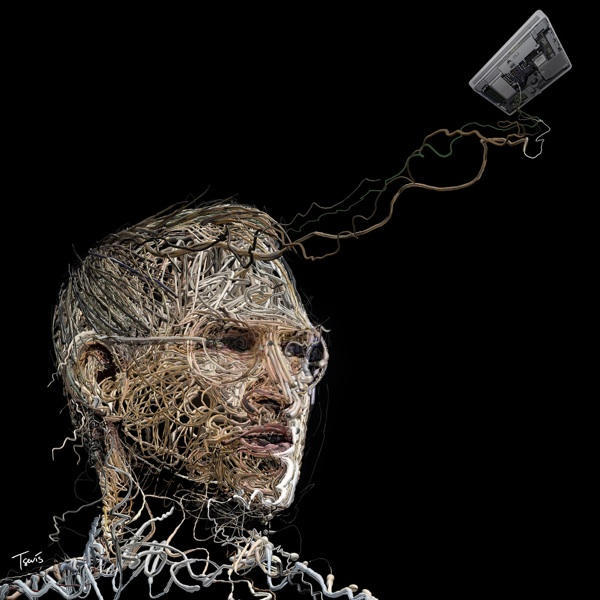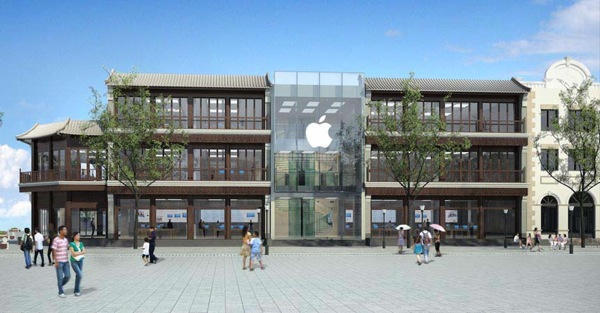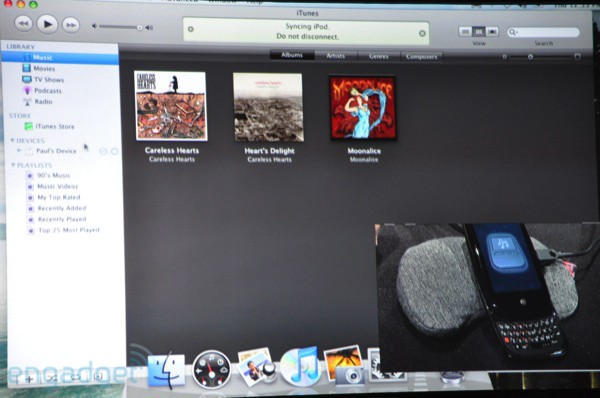With or without Steve Jobs, Apple has the best lineup of hardware and software it has ever offered.
All in all, the WWDC keynote showed that Apple is paying attention to all the right things. It’s got a great line-up of affordable hardware that’s fast, feature-packed and environmentally friendly. The software loaded on top is designed for user-freindliness and ease of use. And Apple is no longer alone: it has thousands of partners in software and hardware who will push Apple’s platforms in new directions.
And while Apple is making a stealth enterprise play by supporting Micorosft Exchange, it’s not devoting features or resources to taking on Microsoft head on. Instead, Apple is concentrating on its core market: home users. And it’s got a killer lineup for consumers, especially in software.
* The new iPhone 3GS is a killer device. The speed bump, better camera and digital compass (which will enable a raft of amazing location-based services) will tempt iPhone users to upgrade in droves. The iPhone is becoming finally a true mobile computer, and no one has anything that comes close.
* The $99 iPhone is the Palm Pre killer. Who now will pay $199 for an iPhone-imitator on Sprint, when the original costs less than half the price?
* The new MacBook Pro laptops running Snow Leopard are the best laptops on the market, bar none. Even if other laptops have good hardware, Microsoft’s Vista is their Achilles heel. With a great built-in battery, memory-card slots and the return of firewire, MacBooks will sell like hotcakes. Netbooks be damned. The real computing market — and most of the money — is in laptops, and Apple’s got the best available.
* Snow Leopard looks like a great upgrade, despite the lack of whizbang new features. Instead, it will offer upgrades in all the right areas: Web browsing, better multimedia, easy of use and speed. Snow Leopard has tons of little touches that will add up to an extremely polished, consumer-oriented operating system that focuses on the things consumers do — browse the Web, watch videos, and communicate with friends. That’s why things that seem small and minor — like today’s WWDC demonstration of easy video editing and uploading in QuickTime — really counts. Apple is focused, as usual, on improving the user experience. And unlike Vista, Snow Leopard delivers.
* Green. The new MacBooks are rated EPEAT Gold — the highest standard of energy efficiency, green production and recyclability.The importance of being green can’t be understated. There’s a huge shift in consumer attitudes, especially among Apple’s educated, upscale demographic, who are demanding environmentally-friendly products. Being green is a huge selling point, and Apple now offers some of the greenest hardware.


